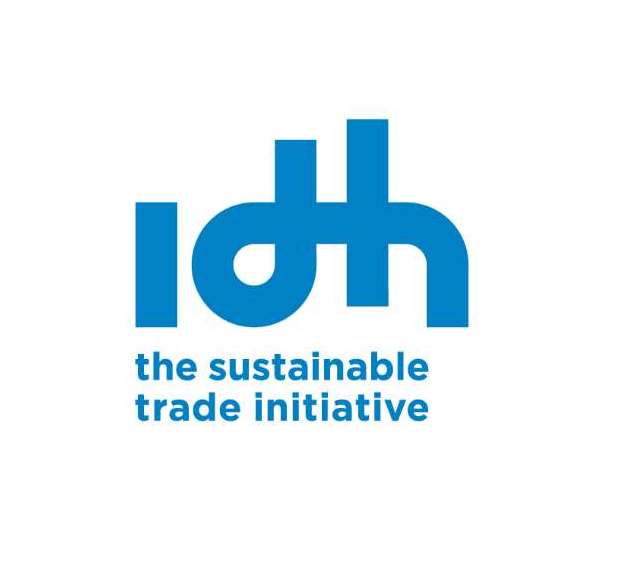Community / Land projects / Working Landscape Colombia
Working Landscape Colombia

€0
01/19 - 12/23
Completed
This project is part of
Implementing Organisations
Donors
Data Providers
General
In recent years, Colombia has been confronted with very high rates of deforestation. Deforestation occurs in different parts of the country, but especially in the departments of Guaviare, Putumayo and Caquetá, where the Andean foothills and the Amazonian plains are connected. It is expected that further deforestation in this area will affect water supplies. Initially, deforestation took place in order to establish illicit coca crops. Later, widespread fumigation forced farmers to turn away from coca production, converting their fields and forests into pastures for cattle ranching. This process has transformed the vegetation cover, creating a mosaic of forests and areas with ever larger pastures. The guerrilla that dominated this area had imposed environmental rules that controlled deforestation and promoted the protection of water sources. But since the signing of the peace agreement the guerrilla became demobilized, while the state has very little control over the area. As a result, deforestation has been increasing. The National Development Plan estimates a loss of forest cover of 200,000 hectares per year for the next 4 years, contributing significantly to Colombia’s GHG emissions. The municipality of Solano, in the southern department of Caquetá, is located right on the edge of the deforestation border in the Colombian Amazon. The Solano landscape functions as an ecological corridor of two large National Parks, Chiribiquete and La Paya, which occupy more than 5 million hectares. The area represents the larger trend of expanding cattle production at the expense of forests. Solano is an interesting case, because it combines different types of land tenure: the indigenous resguardos with collective property titles on the one hand, and possessions of peasants and state forest lands on the other. Deforestation in the resguardos is much lower than in the other areas. We envision an intercultural climate-smart landscape with high forest cover that contributes to the connectivity and helps to maintain the ecological and climatic processes between the Amazon and the Andes. This landscape is shaped by intercultural participative inclusive governance that integrates different visions (including those of indigenous groups, peasants, women and youth) and production systems. The landscape consists of a mosaic of sustainable production systems, restoration initiatives, indigenous and peasant forest-use systems, diverse home gardens (chagras), and protected water sources and natural forests. There are financial mechanisms appropriate to the region that encourage the restoration and integration of the forest in different production systems. The landscape contributes to Colombia’s NDC and SDGs, by reducing deforestation and promoting an integrated model of mitigation and adaptation that values forests and trees.
Objectives
1. Ensure that the local government integrates different visions and production systems in spatial planning, with special attention to the role of forests and trees. This requires the establishment of a multi-stakeholder platform composed of the municipality of Solano, peasant representatives, indigenous authorities and CSOs. This Solano model needs to be made visible to influence governance in the six Colombian Amazon departments, and to contribute to debates about land allocation, land rights and access to resources. 2. Develop effective models that promote restoration, biodiversity conservation and sustainable land use in the main ecosystems present in the landscape. The models need to promote good practices for soil, water and forest conservation and restoration that include monitoring and evaluation of the results. Their successful implementation will require access to legal markets for timber and other forest products. 3. Existing financial mechanisms do not include options for indigenous communities with collective land titles and are very limited for peasants, as they do not have formal land titles. The few possibilities they have, are for the improvement of their agricultural and livestock activities without considering the forest. To change this, it is necessary to generate and implement tailor-made financial mechanisms that promote the conservation and restoration of forests. 4. Taking into account women´s specific role in assuring food security both in indigenous resguardos and in peasant households, special attention will be given to agrobiodiversity and climate-smart income-generating opportunities related to forests and forest products for women, based on their specific knowledge, skills and possibilities. We will also work to address the barriers that women face to participate in decision-making, especially in public. In the Colombian Working Landscapes programme we will also pay special attention to youth. In order to achieve a real transformational long-term change, we believe it is important to involve younger generations, and to assure they will have the knowledge and skills necessary to develop and maintain a climate smart landscape.


